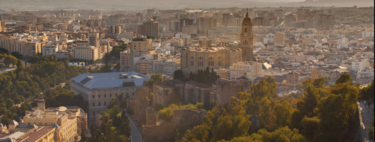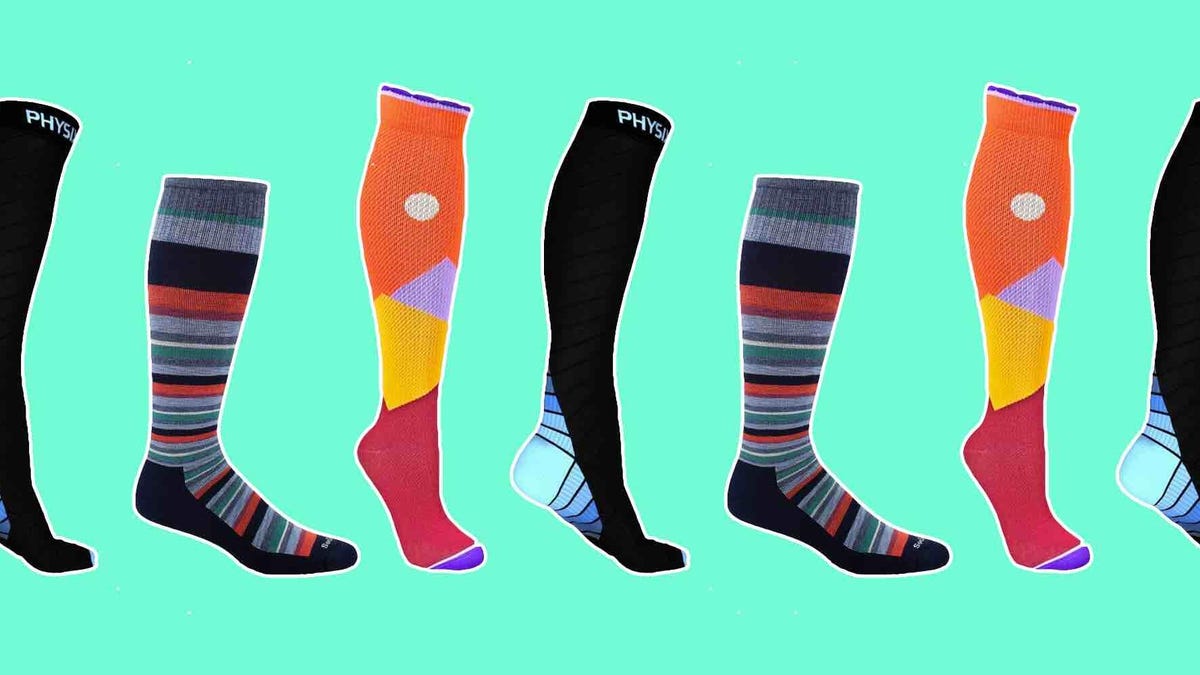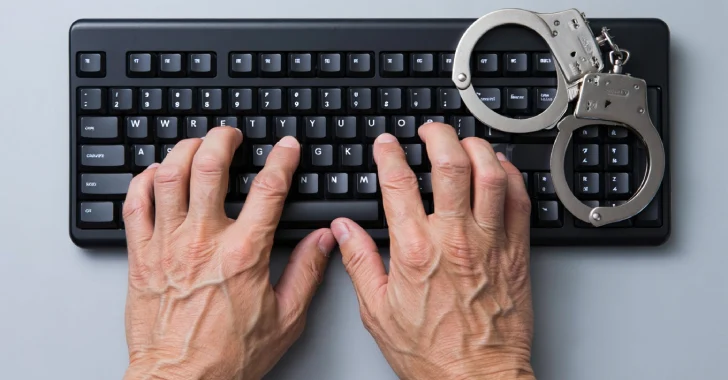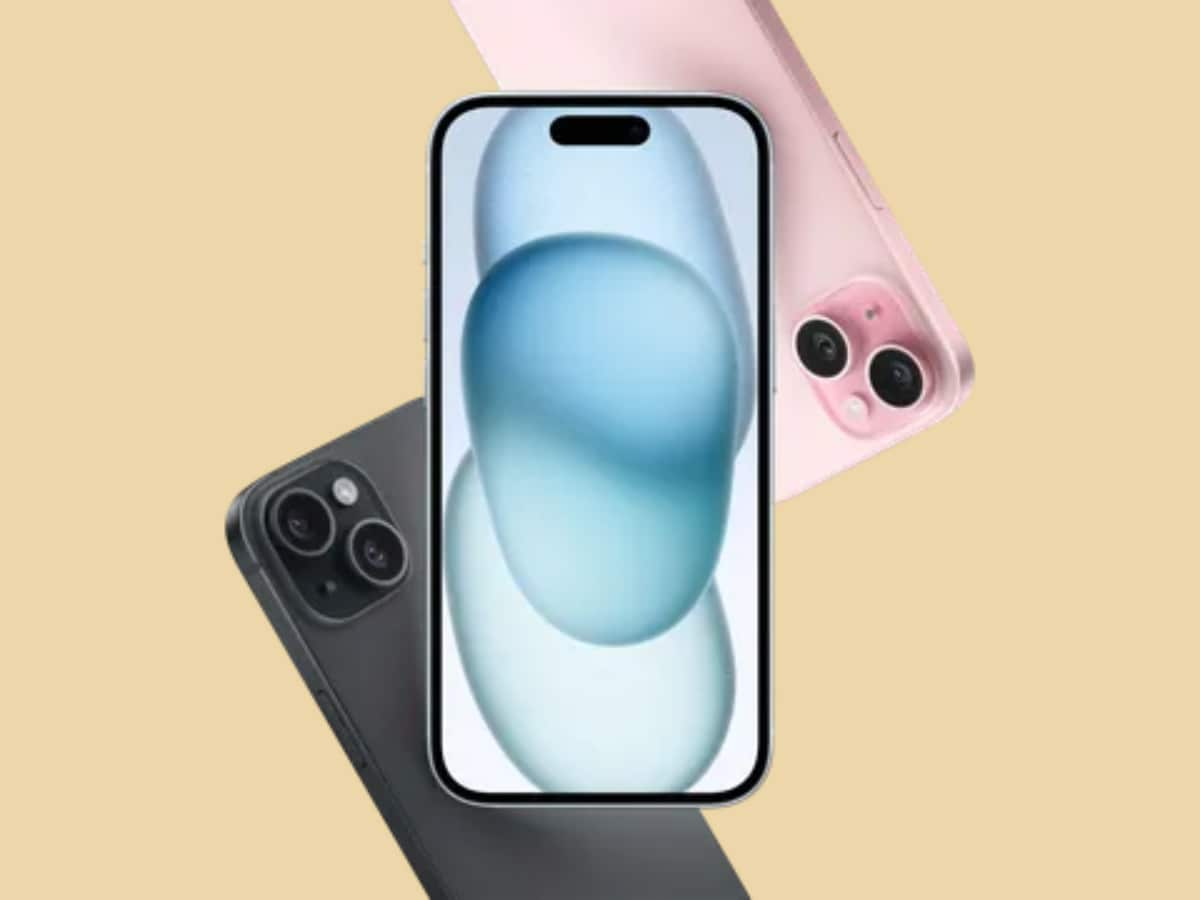With an unmatched elegance, Roger Federer raised tennis to an art form. Throughout a professional career that extended for 24 years, he conquered 20 Grand Slam titles, becoming one of the most laureate and admired tennis players of all time. Number one in the world for 310 weeks, its fluid style and its consistency in the elite redefined the standards of excellence in sport. However, that economic booty he kneaded during his career did not make him enter the most select club of the great fortunes of sport.
Multimillionaire. Yes, because Federer has crossed a threshold reserved for very few: he has officially become a billionaire. With a fortune estimated at 1.3 billion dollars according to the Bloomberg Billionaires index, the sports legend not only joins the exclusive club that integrates athletes such as Michael Jordan or Tiger Woods, but does it without having depended exclusively on its sports achievements. Rather the opposite.
Throughout a race that gave him those 20 Grand Slam titles between 2003 and 2018 and about 130.6 million in prizes, the Swiss built a personal brand armored, based on sobriety, constancy, the prestige of the firms that accompanied him and the total absence of scandals. This combination not only multiplied its value outside the clues, but made it one of the most reliable assets of global sport, even after officially retiring in 2022.
The quid of longevity. Bloomberg had that Federer’s financial rise was not the product of a late bet, but of a patient construction of long -term commercial relations with top -level companies. Since his early as a professional he signed contracts with firms such as Rolex, Mercedes Benz, Lindt and Credit Suisse (today UBS), all characterized by a conservative, demanding and impeccable reputation approach.
His profile fit naturally in that ecosystem, where he was not only brand ambassador, but also national symbol. In 2013, he took a key step by founding with his agent Tony Godsick the Team8 representation company, which not only takes care of its businesses but also for the management of its legacy and its foundation. Through it and with the support of the Swiss financial consultant Format a AG, Federer maintained absolute control over his investments, positioning himself as a self manager at the height of his legend.


The contract with Uniqlo. One of the most striking turns in its commercial career occurred in 2018, when Federer left Nike after more than two decades of relationship. The American firm considered that tennis was no longer a strategic market, which allowed Uniqlo (owned by the Japanese Fast Retailing giant) to make a historical offer: 300 million dollars for ten years, without clauses linked to sports activity.
Federer was then 37 years old and was already in the final stretch of his career, which turned the agreement into an unusual but safe bet: the brand wanted to associate not only with the player, but with the symbol. The contract with Uniqlo, far from marking the end of his great income, laid the foundations for his next master play.
THE GREAT INVESTMENT: ON. We talked about her a while ago. Federer’s greatest financial success was not a sponsorship, but a strategic investment of casual origin: his wife bought some sneakers from an emerging Swiss brand called ON, specialized in high performance footwear. Federer, design enthusiast and collector of more than 250 pairs of sneakers, met with the founders in Zurich and shortly later acquired about 3% of the company.
The alliance was not limited to capital: he spent hours in the laboratory designing its own model and promoting the brand through its global image. Today, On Holding AG is valued at about 17,000 million dollars, which converts Federer’s participation into a source of income of more than 500 million, well above everything he won on the track. His entrance as an investor coincided with the company’s IP, which further reinforced his position as a visionary entrepreneur (and with flower).
The profitability of the image. They explained in Fortune that the secret behind Federer’s commercial durability does not reside solely in millionaire contracts, but in coherence and control of their public projection. Unlike other great athletes, Federer has avoided linking to questionable brands, ephemeral media projects or excessive exhibitions in sports media and comments.
His figure remains associated with the elegance, precision and neutrality of his game on the track, deeply Swiss attributes that have made him an ideal ambassador for companies that value stability and reputation. Even its recent appearances, such as the act of the start of the 24 hours of Le Mans or the launch of their new collection with Uniqlo in Paris, respond to a measure of visibility measure that enhances the value of their personal brand without wearing it.

The legacy. If you want to also, Federer’s rise to the status of multimillionaire not only reaffirms his mastery inside (and outside) of the track, but redefines the horizon of what an athlete can build without the need for controversy, stridency or forced retirement.
His case shows that the personal brand, when managed with intelligence, coherence, and long -term vision, can be as powerful as any right -wing blow. Of course, none of this would have been possible without the overwhelmingly good thing that was playing tennis.
That and, of course, some luck with the casual purchase of his wife’s shoes. The same ones that are reporting much more than the 20 Grand Slams.
Imagen | Not enough me, Tigre Municipio
In WorldOfSoftware | In his unstoppable path to world domination, Uniqlo now sponsors Roger Federer
In WorldOfSoftware | On running has been made in the hypercompetitive shoe industry with a secret: the sole










